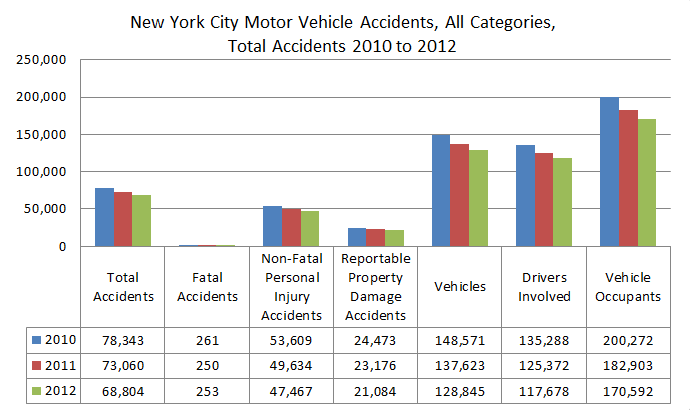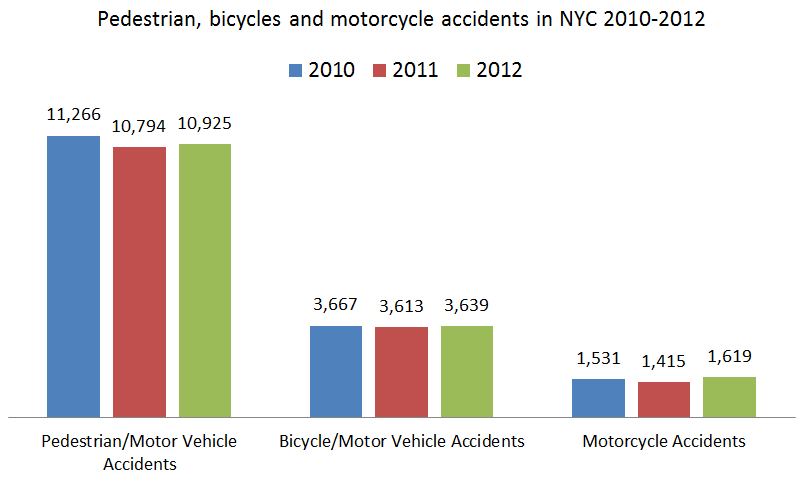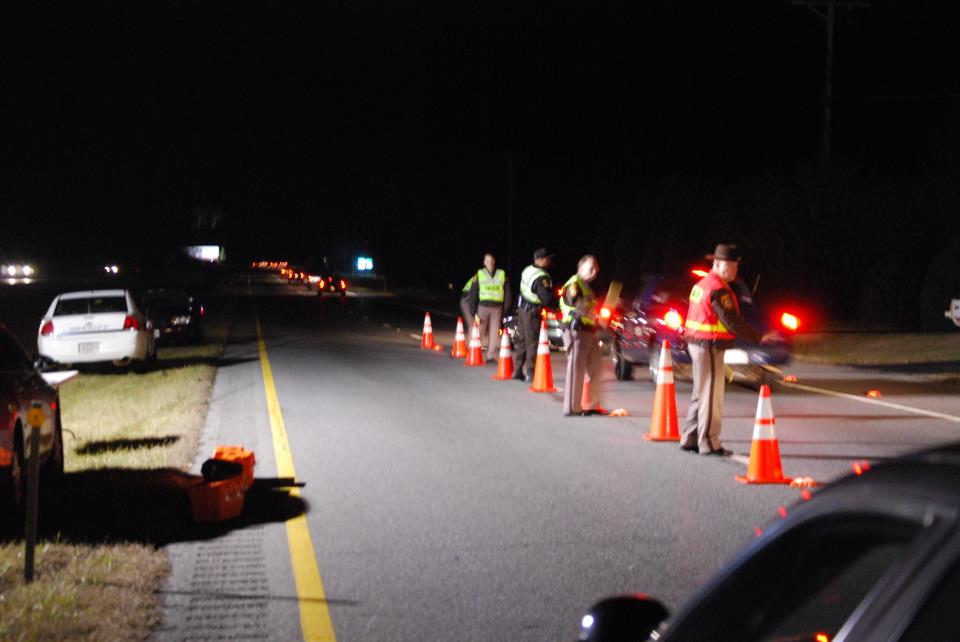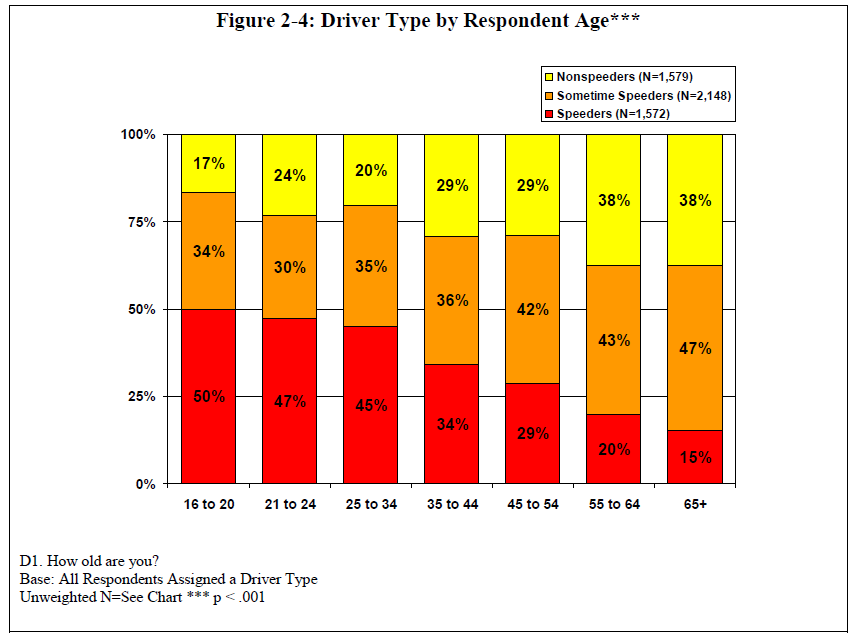In the Winter, the most common types of personal injury which require a visit to an emergency room in New York are slip and fall injuries, winter sports injuries, heart attacks induced by snow shoveling, bad flu symptoms and hypothermia and frostbite according to a recent article by Marc J. Felberbaum, MD, Attending Physician, Department of Emergency Medicine, Beth Israel Medical Center, NewYork. These injuries are often preventable. Here are a few tips on how New Yorkers and New York visitors can avoid a visit to the ER.
Slip and Fall Injury
Even though New York Premises Liability Law requires that property owners keep their sidewalks, walkways and parking lots in a reasonably safe condition, the number of slip and fall injuries tends to increase in NYC as temperature drops and melting snow turns into ice. Last Sunday afternoon during the icy weather the number of visits to the Lennox Hill Hospital Emergency Room increased by 15% according to a hospital representative. Increases in typical “winter personal injuries” such as broken wrists and ankles were reported by several New York City Hospitals.
 New York Personal Injury Attorneys Blog
New York Personal Injury Attorneys Blog


 Every year for the last 3 years there were over 10,000 car accidents involving pedestrians. Bicycle accidents have been stable, over 3000 every year for the last 3 years and motorcycle accidents slightly increased last year in New York compared to the two previous years.
Every year for the last 3 years there were over 10,000 car accidents involving pedestrians. Bicycle accidents have been stable, over 3000 every year for the last 3 years and motorcycle accidents slightly increased last year in New York compared to the two previous years. Too many pedestrians died in traffic accident in New York City. This year the number of victims was 135, slightly lower than the two previous years but still too high globally. 2012 also saw a significant increase in the death of car drivers involved in accidents. The number of deaths related to bicycle accidents was at its lowest for the last 3 years in New York in 2012.
Too many pedestrians died in traffic accident in New York City. This year the number of victims was 135, slightly lower than the two previous years but still too high globally. 2012 also saw a significant increase in the death of car drivers involved in accidents. The number of deaths related to bicycle accidents was at its lowest for the last 3 years in New York in 2012.
 In their Trial Advocacy column in the New York Law Journal, Personal Injury Attorneys
In their Trial Advocacy column in the New York Law Journal, Personal Injury Attorneys 
